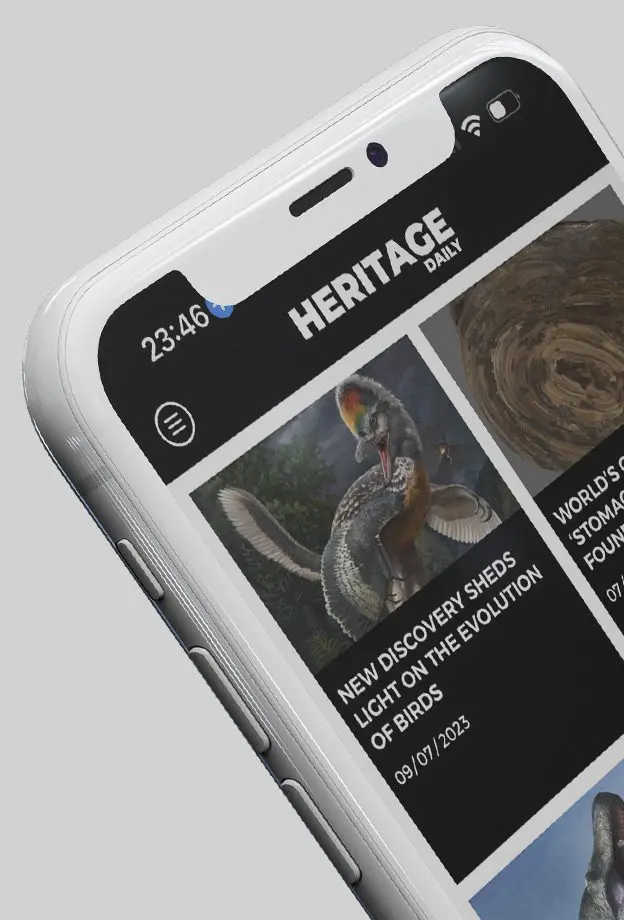Our Company
HeritageDaily LTD - Suite/Unit 40 17 Holywell Hill, St Albans, Herts, United Kingdom, AL1 1DT
Latest News
Ancient coastal defences reveal 2,000 years of sea-level change
Archaeologists have uncovered a series of ancient wooden palisades off the coast of Grado in northeastern Italy, providing rare evidence of how sea levels along the Adriatic have changed since Roman times.
Elite Bronze Age burial complex unearthed at Yavneh-Yam
Archaeologists have announced the discovery of a Bronze Age burial complex during excavations at Israel’s coastal port of Yavneh-Yam.
Bronze temple-façade box among new discoveries in Turda
Excavations of a Roman canabae legionis (civilian settlement) in Turda, Romania, have revealed a bronze box depicting a classical temple façade.
Roman writing tablets discovered in ancient wells
Archaeologists from the National Institute for Preventive Archaeological Research (INRAP) have discovered a rare collection of wooden writing tablets dating from the Roman period.
Depiction of Ancient Egyptian deities found in Roman bathhouse
Excavations in the city of Sagalassos in southwestern Turkey have uncovered Ancient Egyptian imagery in a Roman-era bathhouse.
Popular News
The mystery of Tutankhamun’s meteoric iron dagger
In 1922, Egyptian excavators led by Howard Carter discovered the tomb of Tutankhamun, an Egyptian pharaoh who was the last of his royal family to rule during the end of the 18th Dynasty.
Legio V Macedonica – The Last Roman Legion
Throughout the history of the Roman Empire, countless legions were raised and disbanded, but one legion endured the entirety, remaining in service to the Roman Empire and the Byzantine Empire, and marching on into the Middle Ages - The Legio V Macedonica.
Atlantis – The story behind the legend
Atlantis has become a taboo subject in many scholarly circles, often branded in pseudo-science and invented interpretations from Plato’s dialogues.
The Immortal Armour of China’s Jade Burial Suits
The Jade burial suits are hand-crafted jade suits from the Han Dynasty of China, used for the ceremonial burials of China’s elite and members of the ruling class.
The Pleasure Villa of Emperor Tiberius
The Villa of Tiberius is a Roman villa complex in the present-day town of Sperlonga, located on the western coast of Italy in the province of Latina.
© 2024 - HERITAGEDAILY LTD

